The Cooling Water Treatment Chemical Market is currently characterized by a dynamic competitive landscape, driven by increasing industrialization, stringent environmental regulations, and a growing emphasis on sustainability. Major players such as BASF SE (Germany), Ecolab Inc. (US), and SUEZ Water Technologies & Solutions (US) are strategically positioning themselves through innovation and partnerships. For instance, BASF SE (Germany) has focused on developing eco-friendly chemical solutions, which aligns with the global shift towards sustainable practices. Ecolab Inc. (US) emphasizes digital transformation, leveraging data analytics to enhance operational efficiency and customer engagement. Meanwhile, SUEZ Water Technologies & Solutions (US) is expanding its service offerings through strategic acquisitions, thereby enhancing its market presence and operational capabilities. Collectively, these strategies contribute to a competitive environment that prioritizes sustainability and technological advancement.
In terms of business tactics, companies are increasingly localizing manufacturing to reduce supply chain vulnerabilities and enhance responsiveness to regional market demands. The Cooling Water Treatment Chemical Market appears moderately fragmented, with several key players exerting influence over various segments. This fragmentation allows for niche players to thrive, while larger corporations leverage their scale to optimize supply chains and innovate product offerings. The collective influence of these key players shapes market dynamics, as they compete not only on price but also on service quality and technological advancements.
In August 2025, Ecolab Inc. (US) announced a significant partnership with a leading technology firm to develop AI-driven solutions for water treatment processes. This strategic move is likely to enhance Ecolab's capabilities in predictive maintenance and operational efficiency, positioning the company as a leader in the integration of advanced technologies within the water treatment sector. Such innovations may provide Ecolab with a competitive edge, allowing it to offer more tailored solutions to its clients.
In September 2025, BASF SE (Germany) launched a new line of biodegradable cooling water treatment chemicals aimed at reducing environmental impact. This initiative not only reflects BASF's commitment to sustainability but also addresses the increasing regulatory pressures faced by industries worldwide. By prioritizing eco-friendly products, BASF is likely to attract environmentally conscious customers, thereby enhancing its market share in a competitive landscape that increasingly values sustainability.
In October 2025, SUEZ Water Technologies & Solutions (US) completed the acquisition of a regional competitor, which is expected to bolster its service capabilities and expand its customer base. This acquisition aligns with SUEZ's strategy to enhance its market presence and diversify its service offerings. By integrating the acquired company's technologies and expertise, SUEZ may improve its competitive positioning and operational efficiency, further solidifying its role as a key player in the market.
As of October 2025, the Cooling Water Treatment Chemical Market is witnessing trends such as digitalization, sustainability, and the integration of artificial intelligence. These trends are reshaping competitive dynamics, as companies increasingly form strategic alliances to enhance their technological capabilities and service offerings. The shift from price-based competition to a focus on innovation, technology, and supply chain reliability is becoming evident. Moving forward, competitive differentiation will likely hinge on the ability to innovate and adapt to evolving market demands, with a strong emphasis on sustainable practices and advanced technological solutions.



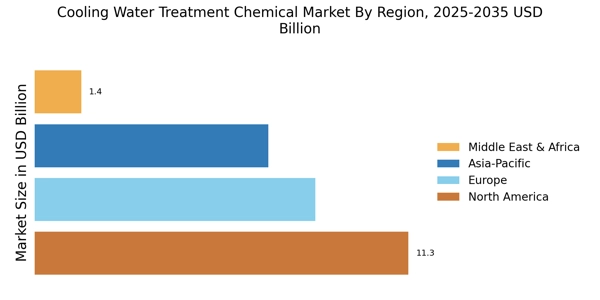
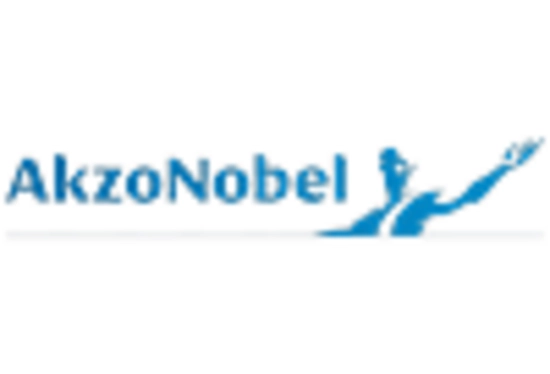

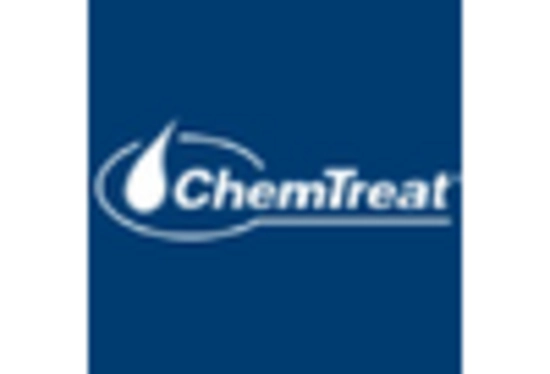
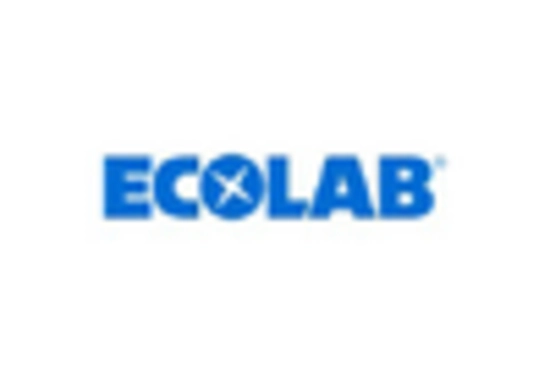
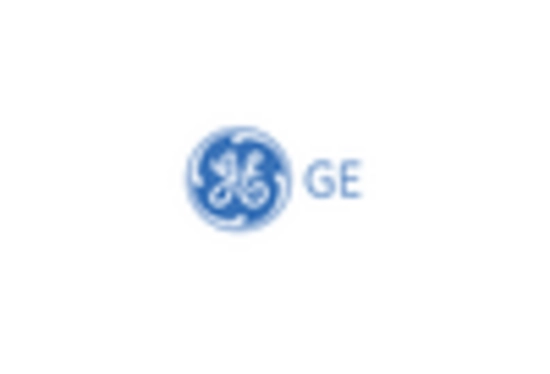
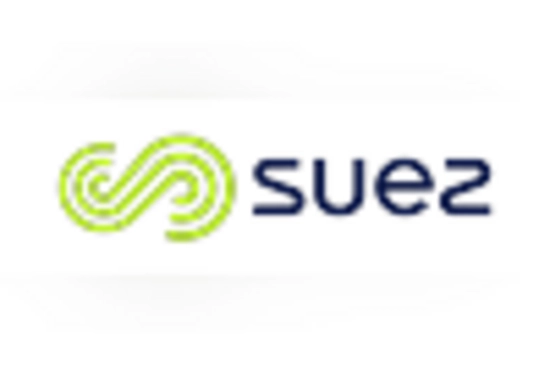








Leave a Comment